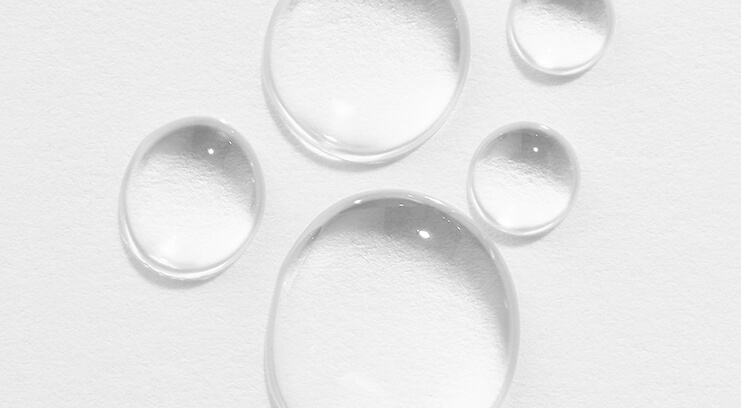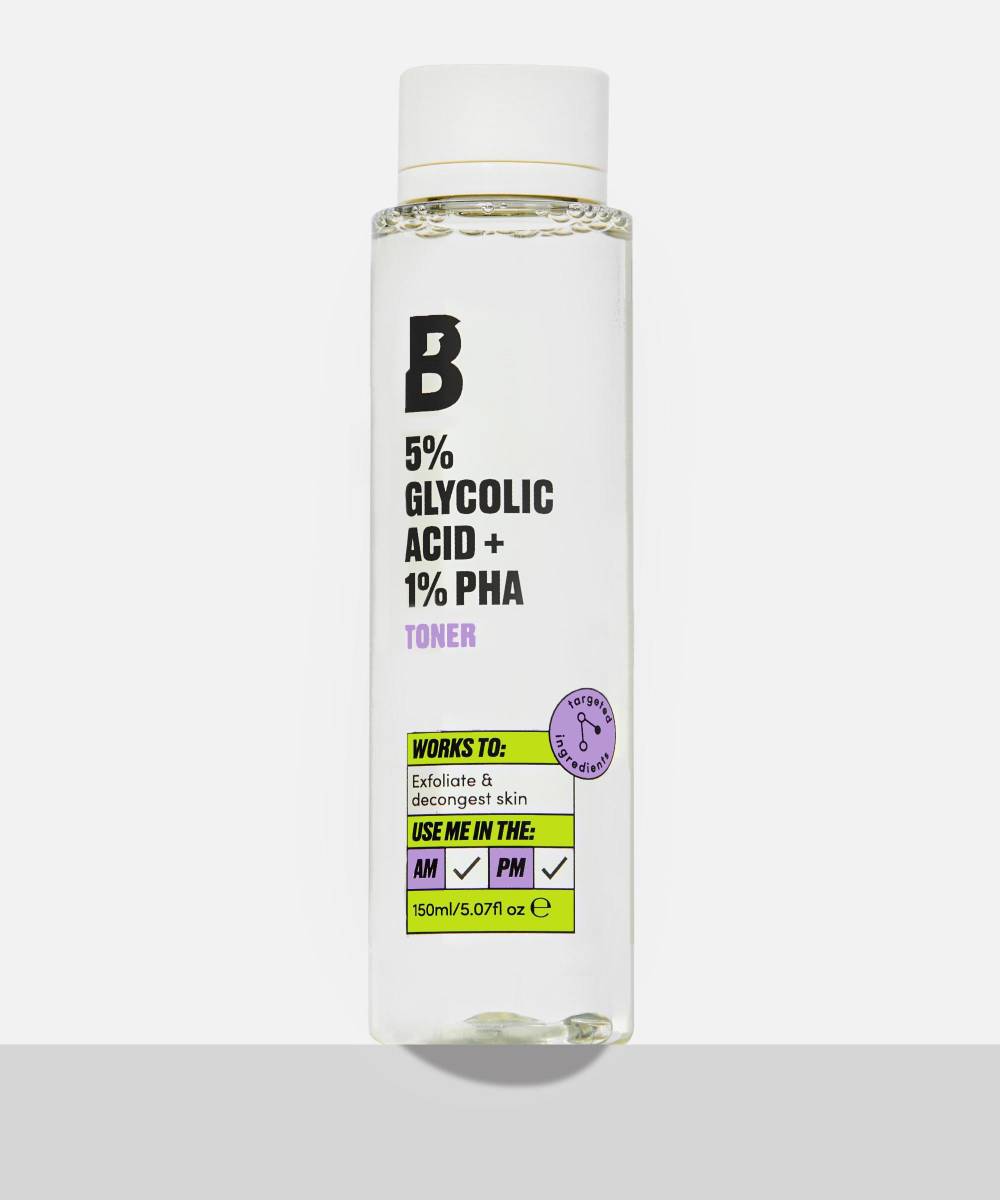No matter what skin type we’re working with, we’re all chasing a soft, clear and radiant complexion.
The quickest way to get there? AHAs. While Beta Hydroxy Acids (BHAs) get down and dirty in pores to help shift congestion, Alpha Hydroxy Acids (AHAs) are your go-to ingredient for serious glow without makeup.
Used in everything from toners and serums to salon strength peels, these popular and powerful ingredients tackle skin woes from dullness and fine lines to scarring and pigmentation. Here’s the need to know…
1. They work differently from your face scrub.
While gritty exfoliators, aka physical exfoliants, manually scrub away dead surface skin cells to give that addictive baby soft feel, AHAs require a little more commitment.
Alpha Hydroxy Acids, aka chemical exfoliants, work slightly deeper in the top layers of skin to loosen the ‘glue’ that holds dead skin cells together. This revs up the skin’s cell turnover, to encourage shedding and uncover fresh skin cells.
This process doesn’t happen overnight but, with regular use, encourages a clearer, brighter complexion without the irritation and micro tears some physical exfoliants can create.
2. They’re not as scary as they sound.
Although the ‘acid’ part sounds intimidating, many AHAs are sourced from totally natural (and totally tropical) ingredients you might otherwise find in a smoothie. Think pineapple, papaya, and sugarcane.
3. They’re hydrating.
This is where the skincare benefits of AHAs really stack up. While some exfoliants leave skin crying out for your heaviest moisturiser, all Alpha Hydroxy Acids are hydrophilic – meaning they attract water molecules to the skin for a smoother, bouncier complexion.
This double whammy of exfoliation and hydration makes AHAs ideal for skin prone to uneven texture, dryness, or dehydration.
4. Not all AHAs are made equal.
When it comes to AHAs, size really does matter. Although these acids all work in the same basic way, their effect on the skin shifts with their molecular size. The smaller the molecule, the quicker it can get deep down into built up dead skin cells.
Glycolic Acid is one of the most popular AHAs, thanks to its small molecular size and effectiveness at clarifying and brightening. Lactic Acid has a slightly larger molecular size, which means it works more slowly and not as deeply, offering milder exfoliation that targets uneven skin tone.
Reactive skin types can find the action of smaller molecules too intense. If you’re on the sensitive side, try Mandelic Acid, the largest of the AHA family.
To max out on acid benefits without over-exfoliating your skin, look for products that combine more than one kind of AHA – like Skincare By BEAUTY BAY 5% Glycolic Acid + 1% PHA Toner, which combines Lactic and Glycolic Acids for multi-level exfoliation.
5. SPF is a non-negotiable.
We all know we’re meant to be wearing SPF on the daily, but all AHAs leave skin more sun sensitive. If you’re incorporating them into your routine, use in the evening and make sure you apply sunscreen in the morning to protect those fresh new cells against sun damage.


